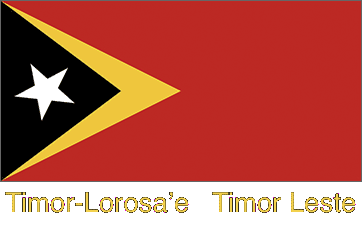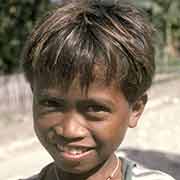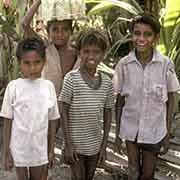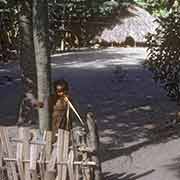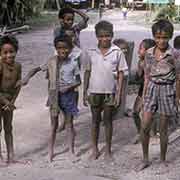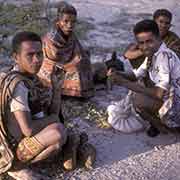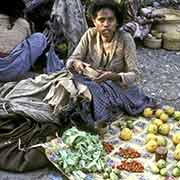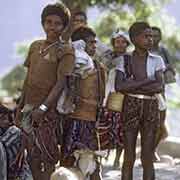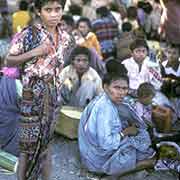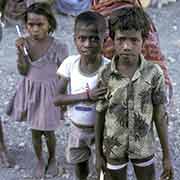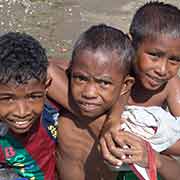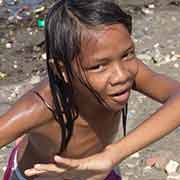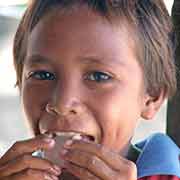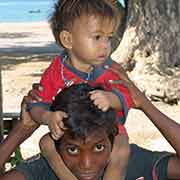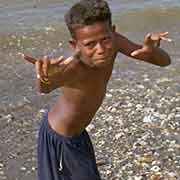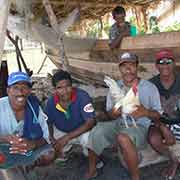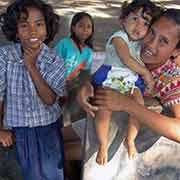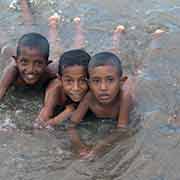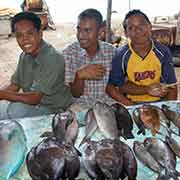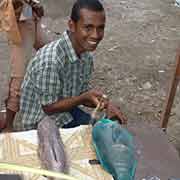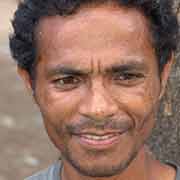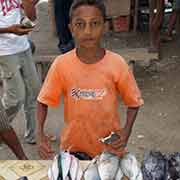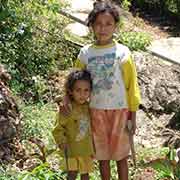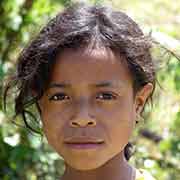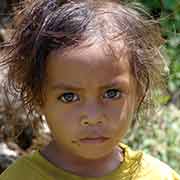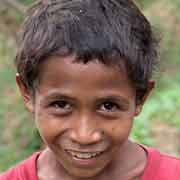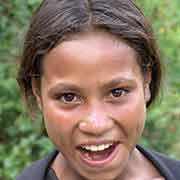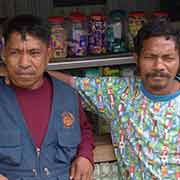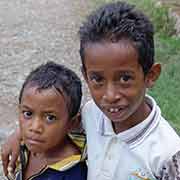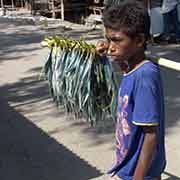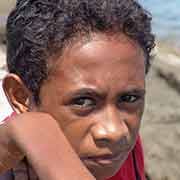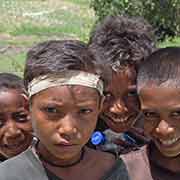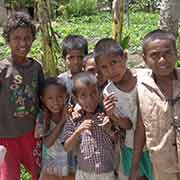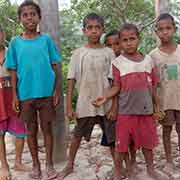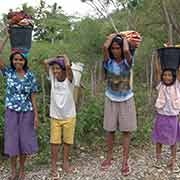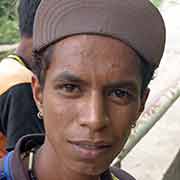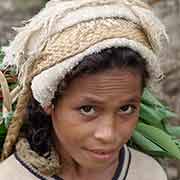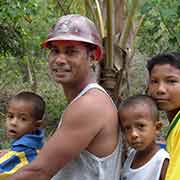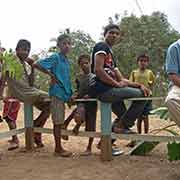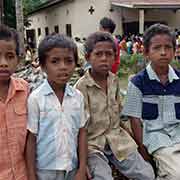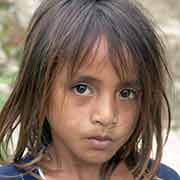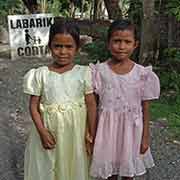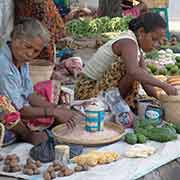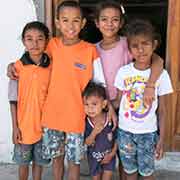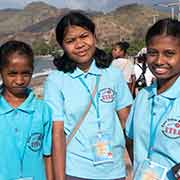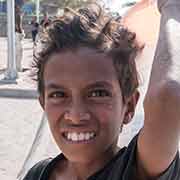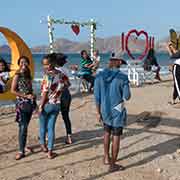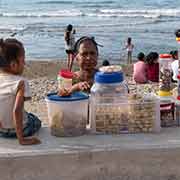Photos of The people of Timor-Leste
The people of Timor-Leste
The population of approximately one million East Timorese people has grown recently, both because of the high birthrate and the return of refugees. Most people are of mixed Malayo-Polynesian and Melanesian/Papuan descent, with the largest Malayo-Polynesian ethnic group being the Tetum (or Tetun) with about 100,000 members; they live primarily in the north coast and around Dili.
you may then send it as a postcard if you wish.
Their language, Tetum, a Malayo-Polynesian language of the Austronesian language family, is one of the official languages of the nation; the country's name in that language is Timor-Lorosa'e (“Timor-Leste” is actually Portuguese). Traditionally the Tetum inhabited the south central area of the island. Other smaller ethnic groups, many with their own languages, live in small, scattered communities. In the east the Fataluku, who traditionally built elevated houses with characteristic high-pitched roofs, speak a language that belongs to the Papuan family; Timor is in the transition area between Asia and Melanesia.
The overwhelming majority of the East Timorese is Roman Catholic. The Portuguese brought Catholicism to East Timor in 1515, However, when Indonesia invaded the country in 1975, the majority (72 %) of the population remained animist. During the occupation, the importance of Catholicism grew as the Church was the main provider of protection, the vehicle of non-violent protest and outspoken about the brutalities suffered by the people. It became a a rallying point for the freedom fighting movement, consequently during this time many converted to Catholicism.
For the visitor Timor-Leste is a very friendly and welcoming place. Although the people have suffered greatly during the Indonesian occupation and the violence and destruction following the vote for independence in 1999, they have proved to be very resilient. They are proud of their hard-won independence and look forward to a better future.
The children are Timor-Leste's future; cheerful, friendly and self-sufficient, they grow up without much material wealth but with love and security. Kids romp around along the beaches, play, go to school, help their parents, look after their younger siblings and express a curiosity for the visitor with the camera. They are courteous, greeting you with a happy “bom dia” (Good Day, in Portuguese but also now in the Tetum language), and eagerly pose for photos, delighted to see themselves on the little screen of a digital camera.


